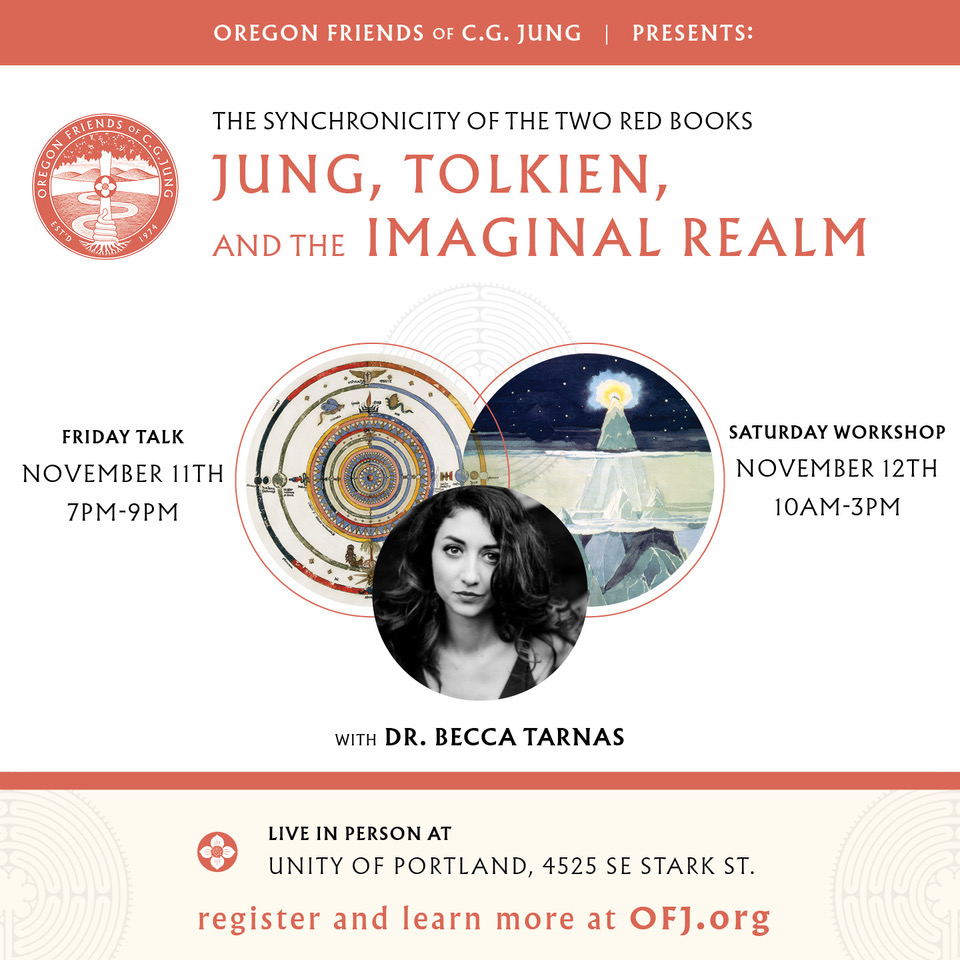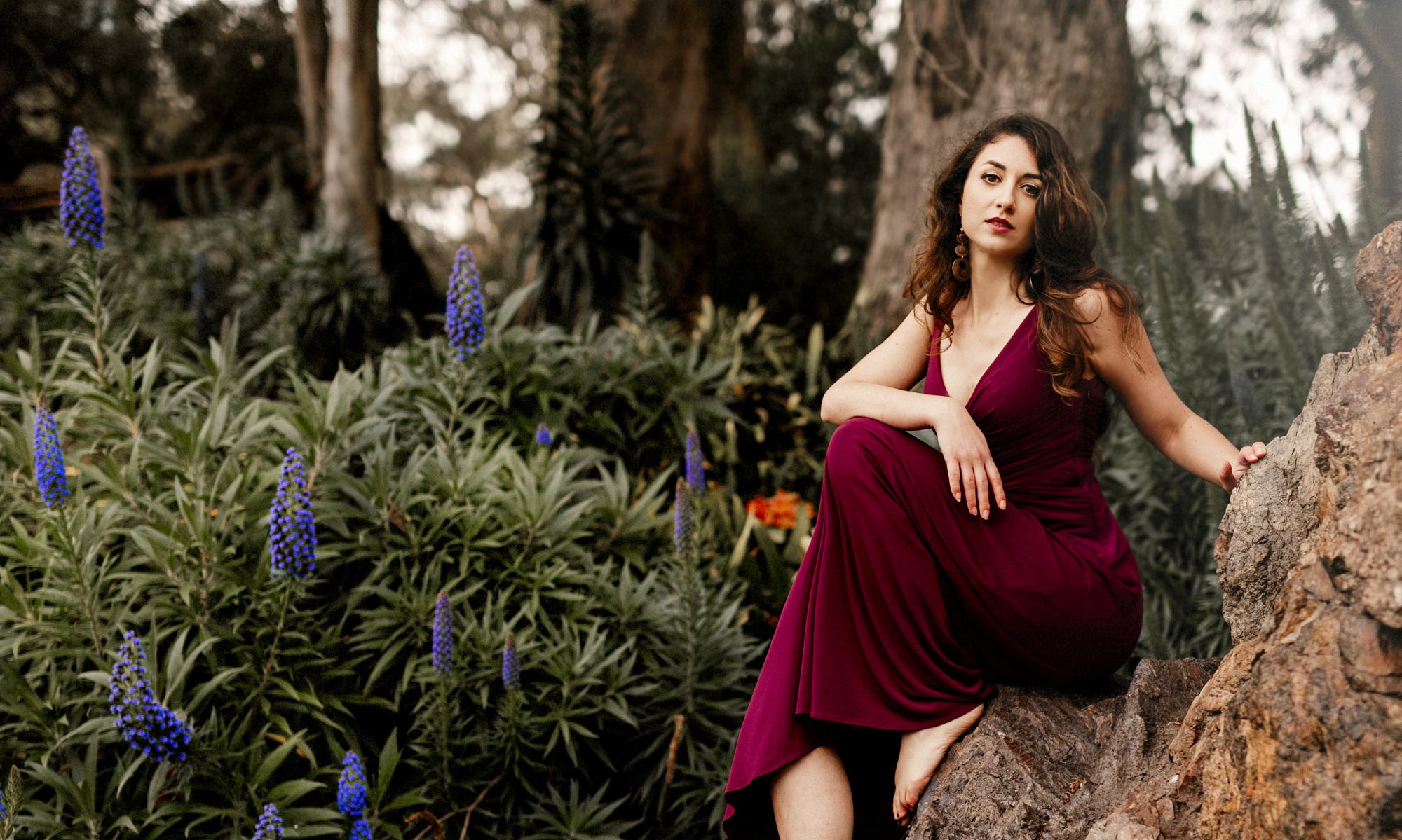On November 11 and 12, I will be bringing my lecture and workshop on The Red Books of C.G. Jung and J.R.R. Tolkien to the Oregon Friends of C.G. Jung in Portland, Oregon.
This is the first workshop I have offered in person since 2019, so I’m inordinately excited about it! We’ll actually be able to hear one another laugh, sigh, and all the other wonderful sounds a live audience makes, and hopefully clap together at the end (if you like what you hear!). And in the workshop, I’ll be leading a guided practice of active imagination, and you’ll have the opportunity to make drawings of your experiences, discuss them in small groups, and share your reflections in a large circle all sitting together. Many things we used to take for granted, we can now celebrate in this workshop in a shared space.
For those who are in the area, I will be offering a lecture on Friday, November 11 at 7:00-9:00 pm on The Synchronicity of the Two Red Books: Jung, Tolkien, and the Imaginal Realm. The following day, on Saturday, November 12, I will be offering the workshop Jung’s Red Book and Active Imagination from 10:00 am to 3:00 pm.
To register for the lecture and/or workshop, please visit: https://ofj.org/shop/. I hope to see some of you there!






 The Ecology, Spirituality, and Religion Program
The Ecology, Spirituality, and Religion Program